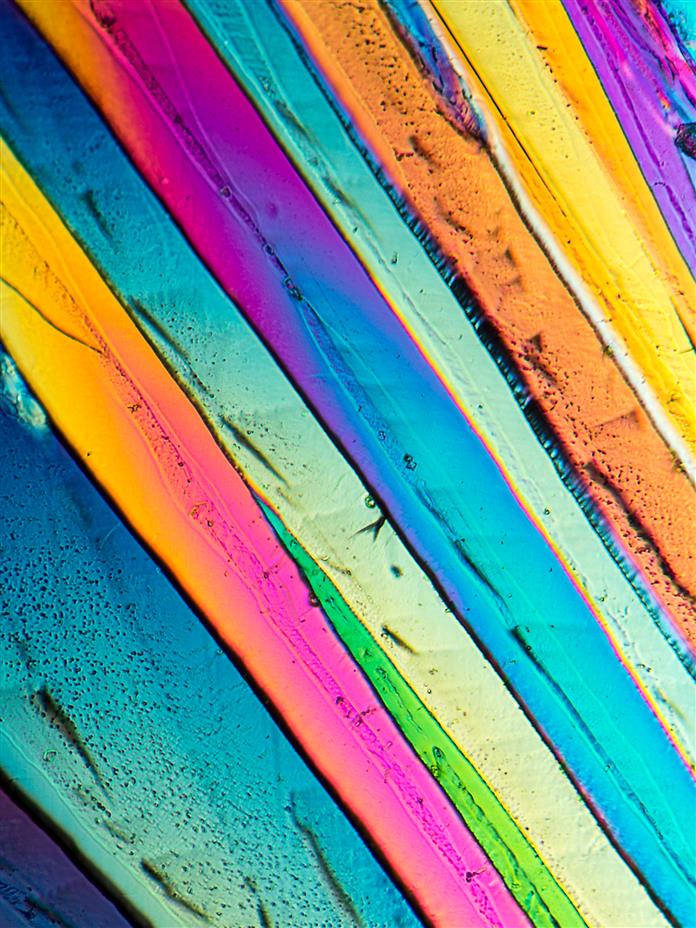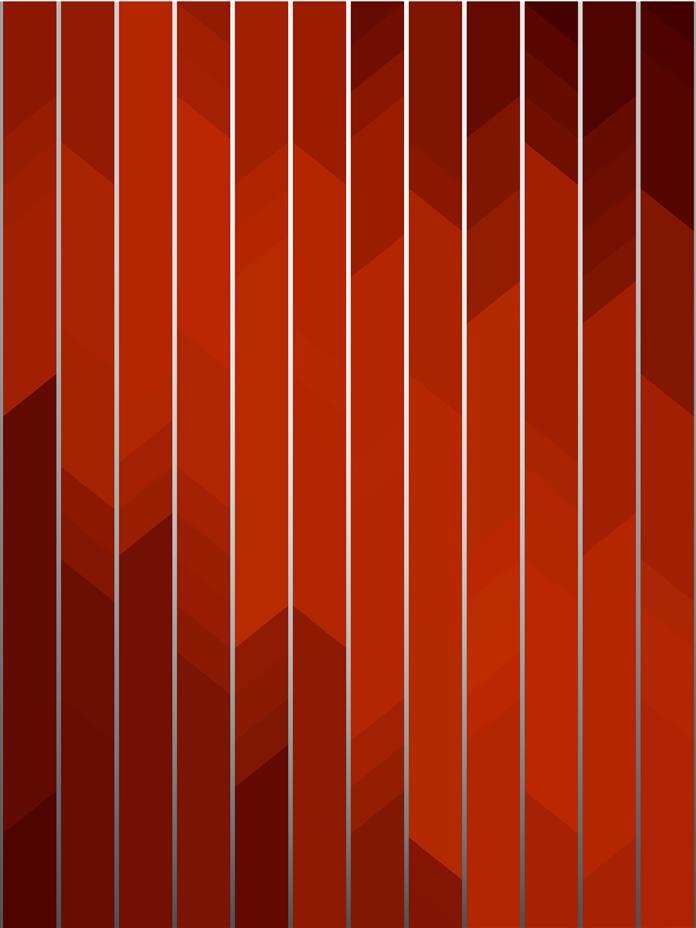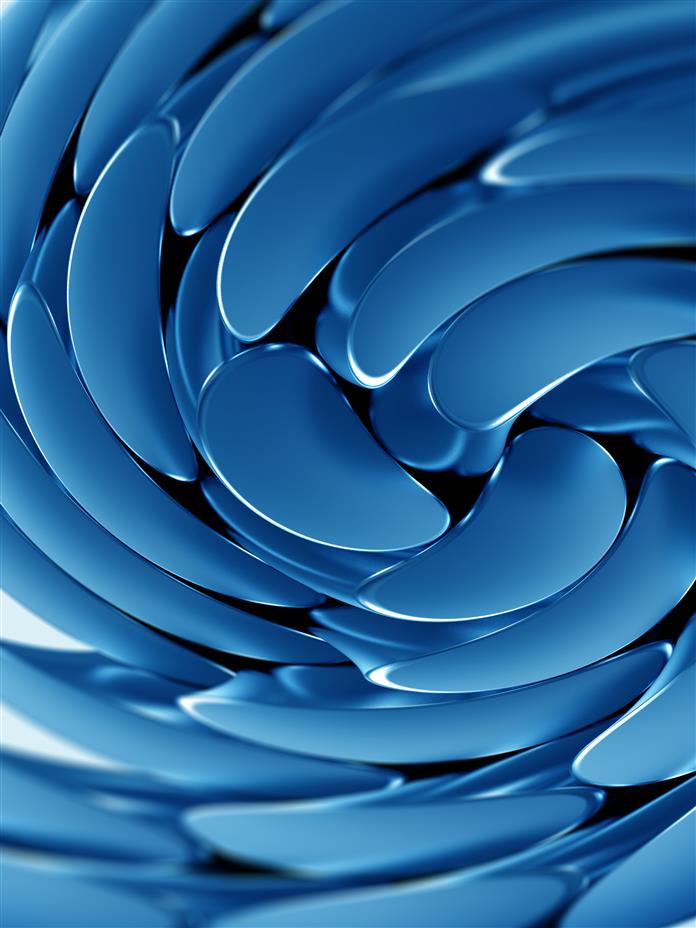
Tap to Read ➤
Information about the Castor Oil Plant
Extracted from the seeds of the castor plant, castor oil is widely used in various industries for its applications in manufacturing, cosmetics, food, and medicine.
Sonia Nair


On September 7, 1978, Georgi Ivanov Markov, an acclaimed Bulgarian dissident writer, working as a journalist for the BBC World Service, was waiting at a bus stop in London. He was suddenly hit in the right leg by an umbrella of a stranger. After some time, he felt an intense pain in that leg.

Later, he developed fever, and died after three days. It was presumed to be a normal death, until the doctors conducted an autopsy of Markov's body. They found a spherical metallic pellet embedded in his leg. The pellet had traces of a toxic substance, 'ricin' in it.

It is believed that the pellet was inserted into his body by the stranger he met at the bus stop. The murderer is still at large, but it is believed that the murder (known as umbrella murder) was committed by an agent of the Bulgarian secret service, with the help of the KGB.

The point to ponder here, is the link between the murder mystery of Markov and the castor plant, which is also known as castor oil plant. The link lies in the substance used to poison Georgi Ivanov Markov - ricin. It is a highly toxic substance found in the beans of castor plant.

It is said that a single bean can cause death in human beings! Let us find out more about this 'deadly' plant, which is popular for its numerous uses.

Characteristics
A native of Africa and India, the castor oil plant (Ricinus communis), is now seen in all tropical, subtropical, and temperate zones of the world. This plant, which belongs to the family Euphorbiaceae, is found abundantly in wastelands, and is considered an overgrown weed.

The name 'ricinus' is derived from the Latin word for small arachnids called 'ticks', found in deep forests. This is because, the seeds of the castor oil plant, called castor beans, resemble certain types of ticks.

Normally, a castor plant can grow up to a height of 40 feet in tropical areas. In frosty regions, the maximum height of the plant is 10 feet only. It has big, veined, star-shaped leaves, with serrated edges and 7 to 12 lobes. The color of the leaves is green, but there are certain varieties with purplish bronze foliage. These colored versions are used for ornamental purposes.

The petal-less flowers are green in color. Some varieties have red or pink blooms, which appear in clusters, with the male flowers located below the female ones. They are mainly pollinated by wind. The fruit, developed by the female flower is spiny and green in color.

On attaining maturity, the seedpod with three chambers, splits, forcing out the seeds. The seeds, known as castor beans, come in an array of designs with colors ranging from white to black. Each seed has its own unique design.

Why is the Castor Plant Deadly?
Castor beans contain a protein called ricin and an alkaloid ricinine, which are extremely toxic. Comparatively, ricin is more toxic, and is also present in other parts of the plant, in small amounts. Inhalation, ingestion, or injection of ricin hinders protein synthesis in human beings.

0.5 mg of ricin is sufficient to cause the death of a human being. It takes four seeds to kill a rabbit, and six to kill a horse. If the seed is ingested in whole, it will come out of the digestive tract, without harming the person/animal. However, it is dangerous to chew the seed, or ingest a broken one.

The symptoms of ricin poisoning depend on the kind of exposure to the poison. In case of ingestion (which is the most common type of exposure to this poison), the symptoms include diarrhea, vomiting, low blood pressure, excessive sweating, and convulsions.

If the person does not die after three to four days from the date of poisoning, the chances of his/her survival are high. There is no remedy for this kind of poisoning. The only treatment is medication given to minimize the symptoms. Even the work of harvesting castor beans is a deadly task.

The workers suffer from many hazardous side effects. The workers in the castor oil manufacturing units may also experience such problems.

Castor Beans - The Commercial Aspect
The commercial value of the castor oil plant is attributed to its beans. These beans are the source of castor oil, which is used for many industrial and medicinal purposes. Around 60% of a castor bean is oil. Castor oil is pale yellow in color and is tasteless.

After removing the outer covering of castor beans, they are cold-pressed. Ricin is removed from the oil through the process of cold-pressing and filtering. Castor oil produced after the first pressing, is usually used for medicinal purposes. The second pressing generates the oil used for industrial purposes.

The medicinal and industrial uses of castor oil are given below:
- Castor oil is often used as a laxative.
- It is also a major ingredient of certain medicines used for treating skin problems, like acne and warts.

- It is used in anti-inflammatory and antifungal medication too.
- Some people administer castor oil to pregnant woman for inducing labor. However, this method is considered risky.
- Castor oil packs are in vogue nowadays. These packs are used for relief from pain, and other problems, like indigestion and irregularities in menstruation.

- It is also used as an ingredient in some cosmetics and perfumes.
- Castor oil is used in the manufacture of industrial products, like paints, plastics, nylon, brake fluids, soaps, inks, and lubricants.
- It is used as a softening agent in the manufacturing process of artificial leather.
- Dried castor oil is used as dielectric fluid in high voltage capacitors.

Apart from these applications, this oil is also used in food additives. It is used in the packaging process of certain food stuffs. The end product obtained after the first and second pressing, is further treated to remove the toxic substances, and is used as fodder for livestock.

Interesting Facts about Castor Plants
- The plant is also known as Palma Christi for its medicinal properties.
- The seeds of the castor plant called castor beans, are not true beans.

- It takes 80 such seeds to poison a duck, while only one is sufficient to cause the death of a human child.
- Castor oil was used by the ancient Egyptians for lighting lamps and for skincare purposes.
- The famous Queen of Egypt, Cleopatra is said to have used this oil to brighten her eyes.

- Mussolini's fascist party operatives used to forcibly administer castor oil to the dissidents. This at times, resulted in their death.
- Ricin, the toxic substance in castor seed, was stored for chemical warfare during the World War I.
- The name of the lubricant company, 'Castrol', is derived from castor oil, which is the main ingredient of their product.

- India, Brazil, and China are the major producers of castor seeds.
- Castor oil is used to produce biodiesel in some parts of Brazil.
- Nowadays, colorful varieties of this plant are grown for ornamental purposes.

Considering the toxicity of the plant, children should be kept away from the seeds and other parts of the castor oil plant. If you have this plant in your garden, always nip off the flowers, to avoid production of seeds, which are highly toxic.

Researchers are trying to discover a modified variety of this plant, which would not have the toxic component, but possess the beneficial qualities. Let us hope for the best, and continue tapping this resource with care.